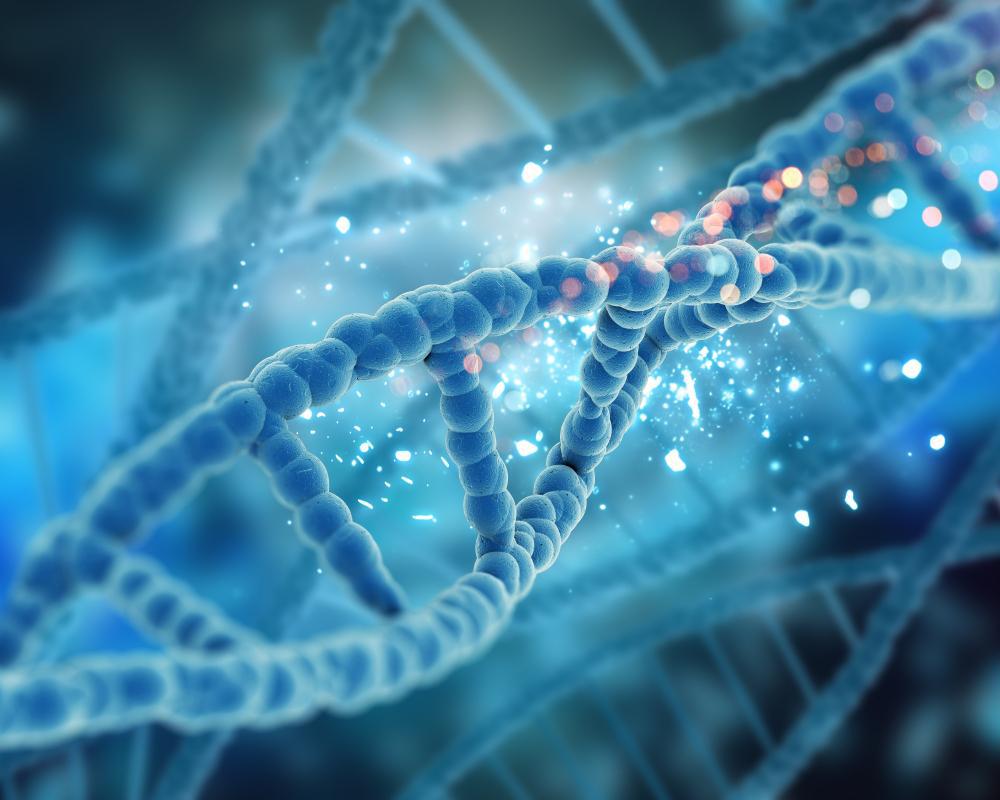Millimeter-Sized Sea ‘Blob’ Could Be Key to Unlocking Human Evolution
Researchers have proposed that a minuscule blob-shaped sea animal known as a placozoa could hold the key to unlocking the secrets of human evolution.
These unique, plankton-eating animals have cells that researchers believe may be the precursor to more complex life on Earth. One researcher went as far as to suggest they are an “evolutionary stepping stone.”
Researchers Are Intrigued With Placozoans
Placozoa are tiny marine animals measuring as little as one millimeter that graze on algae and microbes in oceans worldwide.

Source: Wikimedia
This simple animal has long fascinated researchers for several reasons, one of which is that it has the smallest amount of DNA ever measured. Its tiny bodies comprise a mere few thousand cells of four types, compared to common flies, which have around 90 types.
The Evolution of the Human Nervous System
These primitive disc-shaped blobs have begun to garner the attention of scientists for another reason: their peptidergic cells coordinate their movement.

Source: Wikimedia
Researchers believe that a deeper understanding of the peptidergic cells of placozoans could unlock a wealth of knowledge about the evolution of our nervous system, a potential that has sparked significant interest in the scientific community.
The Rise of Neurons in Complex Animals
A recent study published in Cell by researchers at the Centre for Genomic Regulation suggests the specialized secretory cells discovered in placozoans may have led to the evolution of neurons in more complex animals.

Source: Wikimedia
Sebastian Najle, co-first author of the study, expressed his excitement about the results, stating, “We are astounded by the parallels.”
Placozoan May Be an Evolutionary Stepping Stone
Najle, researcher at the Centre for Genomic Regulation, shared what the researchers discovered in their study during a news release.

Source: Wikimedia
“The placozoan peptidergic cells have many similarities to primitive neuronal cells, even if they aren’t quite there yet. It’s like looking at an evolutionary stepping stone,” he said.
Pancake Shaped Marine Animal
Placozoans, often described as pancake-shaped, have no body parts or organs, making them unique in this regard.

Source: Wikimedia
This has led scientists to theorize that it is likely one of the modest animals on our planet and one of the five main lineages from which all animals later evolved.
Mapping The Cells of Placozoans
Instead of using neurons to structure behavior like modern humans and animals, the tiny sea creatures use peptidergic cells, which release peptides to allow the animal to move or feed.

Source: Freepik
This initial observation was the driving force behind the groundbreaking study. The team began by mapping all of the placozoan cells, uncovering the function behind each of the nine main cell types. They also came across 14 unique peptidergic cells, which appeared similar to early neurons.
Things Get Interesting For the Researchers
The researchers next conducted cross-species analysis, and this is where things began to get interesting. The results suggest that the cell constructions observed in the placozoans are unique to the animal.

Source: Freepik
These findings “indicate that key neuronal development and effector gene modules evolved before the advent of cnidarian/bilaterian neurons in the context of paracrine cell signaling,” wrote the study.
Similarities Between Peptidergic Cells and Neurons
The researchers noted three key similarities between neurons and peptidergic cells throughout their extensive study.

Source: Wikimedia
The most obvious similarity is that they both differ from the earlier epithelial cells. They also require gene modules, which allow them to send messages, and finally, they can efficiently communicate with proteins.
The Similarities Between Placozoans and Human Cells
Xavier Grau-Boye, co-first author of the study and researcher at the Centre for Genomic Regulation, said, “Placozoans lack neurons, but we’ve now found striking molecular similarities with our neural cells.”

Source: Wikimedia
He continued, “Did neurons evolve once and then diverge, or more than once, in parallel? Are they a mosaic, where each piece has a different origin? These are open questions that remained to be addressed.”
The Importance of Understanding Cells
Arnaeu Sebe-Pedros, corresponding study author and research professor at the Centre for Genomic Regulation, spoke during a news release explaining the importance of the study.

Source: Freepik
“Cells are the fundamental units of life, so understanding how they come into being or change over time is key to explain the evolutionary story of life,” she said.
The Key to Understanding Human Evolution
The researchers believe that further understanding the placozoans cells will be a significant step in our quest to discern how early neurons formed, leading to the evolution of animals and humans.

Source: Freepik
“Placozoans, ctenophores, sponges, and other non-traditional model animals harbor secrets that we are only just beginning to unlock,” said Sebe-Pedros.
